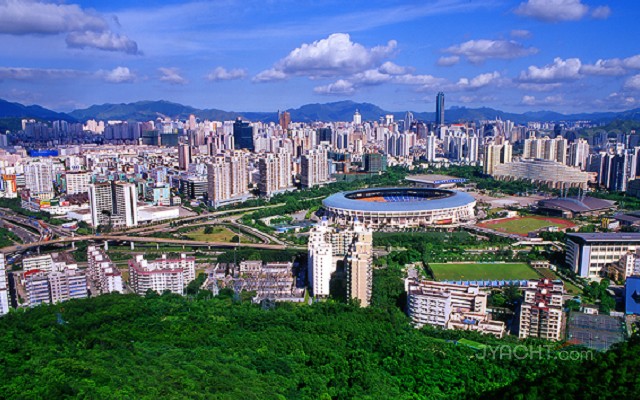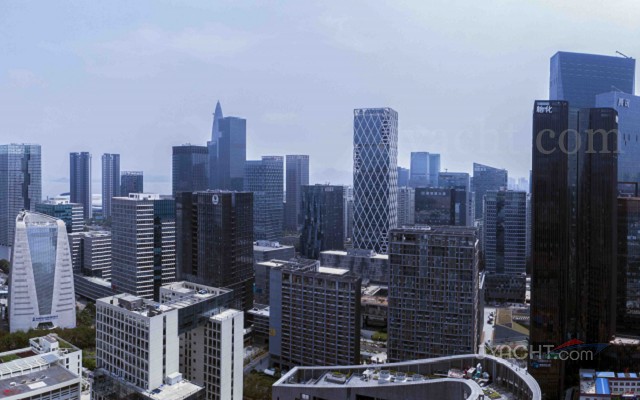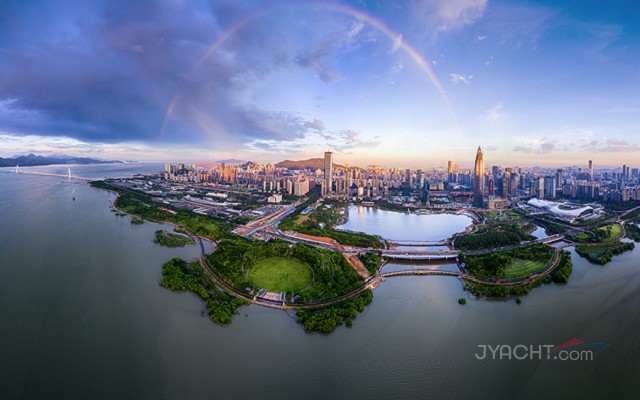Shenzhen is a major sub-provincial city on the east bank of the Pearl River estuary on the central coast of southern Guangdong province, People's Republic of China. It forms part of the Pearl River Delta megalopolis, bordering Hong Kong to the south, Huizhou to the northeast and Dongguan to the northwest, and shares maritime boundaries with Guangzhou, Zhongshan and Zhuhai to the west and southwest across the estuary.

Shenzhen's cityscape results from its vibrant economy—made possible by rapid foreign direct investment (FDI) following the institution of the policy of "reform and opening-up" in 1979. Just 30 years ago, Shenzhen was a small seaside town. Now it's one of China's biggest and most important cities.The city is a leading global technology hub, dubbed by media China's Silicon Valley.It was one of the fastest-growing cities in the world in the 1990s and the 2000s, and has been ranked second on the list "top 10 cities to visit in 2019" by Lonely Planet.Shenzhen is ranked as an Alpha- (global first tier) city together with Guangzhou (China), Melbourne (Australia) and San Francisco (the U.S).

One of the most important and profitable tourist cities in China, Shenzhen, whose annual foreign exchange income of tourism reached US$5.003 billion in 2019 and reached US$0.38 billion in the first half year of 2020, is regarded as a city of theme parks and tourism innovation. There are more than 100 scenic spots around the city, including man-made theme parks, natural ecological parks, coastal resorts, shopping plazas and historic sites. With sea, land and air checkpoints, Shenzhen has a safe, quick and convenient tourist transport network. Eating, living, traveling, shopping and recreating in Shenzhen are made easy and fun with ample tourism infrastructure and products and food from around the world. Shenzhen is a coastal cosmopolitan tourist city. Visitors can travel freely and quickly within a one-hour drive and appreciate the modern young city’s beauty and ethos. The city received 12.1695 million overnight cross-border visitors and 252 million people who entered and left through the border checkpoints in 2019.

